Safety helmets are essential protective gear designed to safeguard workers from head injuries caused by falling objects, impacts, or electrical hazards. In the UAE, where industries like construction, manufacturing, and energy are booming, the demand for high-quality safety helmets is on the rise. According to market analysis, the global safety helmet market is expected to grow from USD 4.52 billion in 2024 to USD 8.07 billion by 2032, driven by stricter regulations and increased awareness about workplace safety.
This article explores the different types of safety helmets available for various work activities, their features, and how to choose the right one for your needs.
What Are the Different Types of Safety Helmets?
Safety helmets come in various types, each tailored to specific work environments and hazards. Understanding these classifications ensures workers receive optimal protection.
1. Industrial Safety Helmets:
- Standard Helmets (EN 397): Designed for general industrial use, these helmets protect against falling objects and penetration hazards. Features include shock absorption and flame resistance.
- High-Performance Helmets (EN 14052): Ideal for high-risk environments like construction zones with heavy machinery. They offer extended coverage and superior impact resistance.
2. Electrical Insulating Helmets:
- Non-Conductive Helmets: Provide protection against electrical shocks up to specific voltage levels. Commonly used by electricians and utility workers.
- Conductive Helmets: Suitable for non-electrical environments where durability is key.
3. Climbing and Mountaineering Helmets:
- Ventilated Design: Offers comfort during height-related tasks like scaffolding or tower climbing.
- Lateral Impact Protection: Protects against objects striking from multiple angles.
4. Welding Helmets:
- UV Protection: Shields against ultraviolet radiation during welding operations.
- Spark Resistance: Prevents injuries from flying debris.
How Do You Choose the Right Safety Helmet?
Selecting the right safety helmet requires assessing workplace hazards and understanding helmet features. Here are some factors to consider:
1. Material and Durability:
- Acrylonitrile Butadiene Styrene (ABS): Lightweight yet durable; ideal for high-impact environments.
- High-Density Polyethylene (HDPE): Cost-effective and suitable for general use.
- Fiberglass: Heat-resistant; perfect for foundries or steel mills.
2. Ventilation:
If working in hot UAE climates, ventilated helmets improve airflow and reduce heat buildup, ensuring worker comfort during long hours.
3. Chin Straps:
An adjustable chin strap ensures the helmet stays secure during falls or sudden movements, especially in height-related tasks.
4. Suspension Systems:
A ratchet adjustment system allows precise fitting, enhancing both safety and comfort.
5. Accessory Compatibility:
- Add-ons like visors, earmuffs, or headlamps enhance functionality.
The Importance of Safety Standards
| Standard | Description | Application |
|---|---|---|
| EN 397 | Covers industrial helmets tested for shock absorption and penetration resistance. | General industry applications like construction and manufacturing. |
| EN 12492 | Covers mountaineering helmets with enhanced chin strap strength. | Tower climbing, scaffolding tasks. |
| ANSI Z89.1 | Covers Type I (crown impact) and Type II (lateral impact) helmets. | Diverse industrial applications in the USA. |
FAQs About Safety Helmets in UAE Workplace
A high-performance industrial helmet (EN 14052) is ideal as it offers superior impact resistance and extended coverage against falling objects.
Yes, ventilated helmets improve airflow and reduce heat buildup, making them perfect for outdoor jobs in hot conditions.
Certain helmets like non-conductive electrical insulating helmets provide protection against electric shocks up to specific voltage levels.
The lifespan of a helmet depends on its usage and exposure to harsh conditions but generally ranges between two to five years. Regular inspections are recommended to ensure effectiveness.
The Growing Demand for Safety Helmets in UAE Industries
The UAE’s expanding construction sector has amplified the need for robust safety measures. With workplace injuries costing businesses billions annually, investing in high-quality safety helmets not only protects workers but also reduces financial liabilities associated with accidents. As awareness about occupational safety grows globally, innovative designs like smart helmets equipped with IoT features are gaining popularity in industries such as mining and logistics.
Your Role in Workplace Safety
The responsibility of ensuring head protection lies with both employers and employees. Employers must conduct risk assessments to identify potential hazards and provide appropriate safety gear. Workers should wear their helmets correctly and report any damage immediately to prevent accidents.
The right safety helmet can make all the difference in protecting lives while enhancing productivity at work. By understanding the various types available and their applications, you can make informed decisions that prioritize both safety and comfort in UAE workplaces.
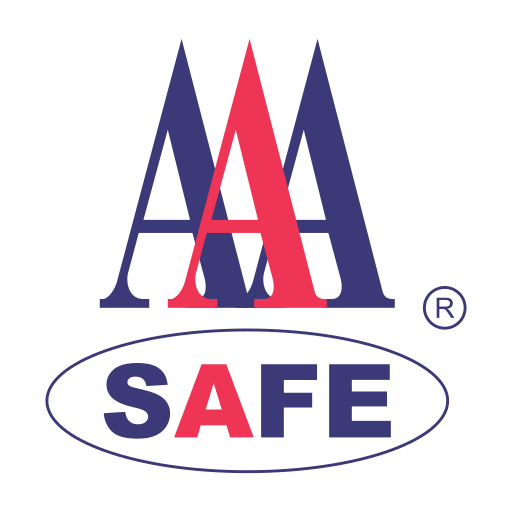
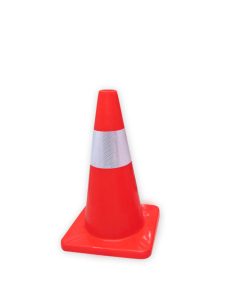
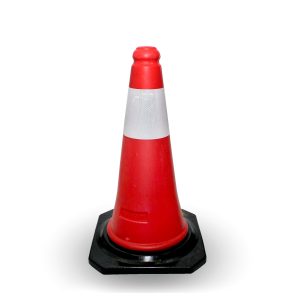
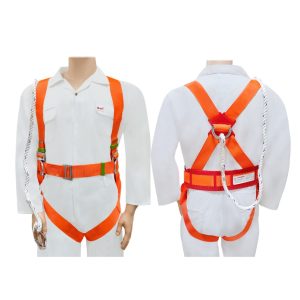
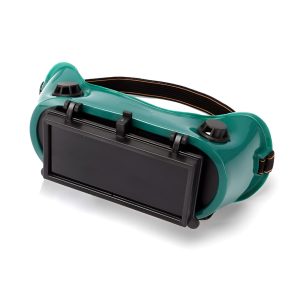
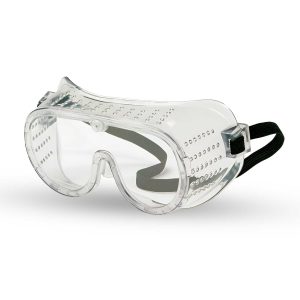
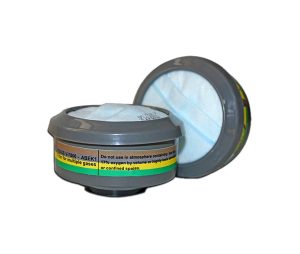
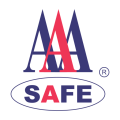

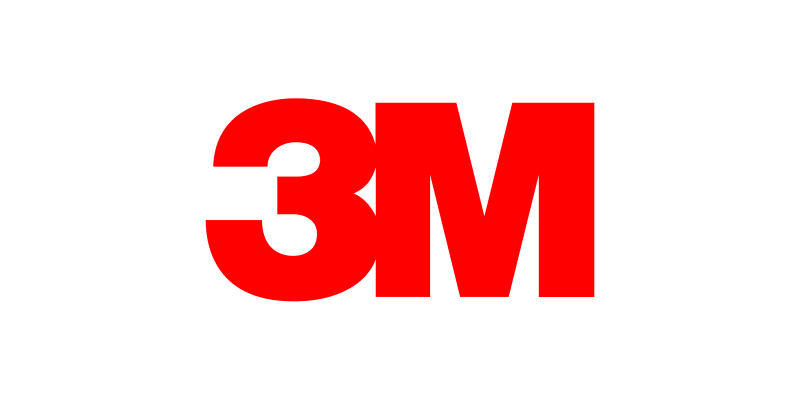
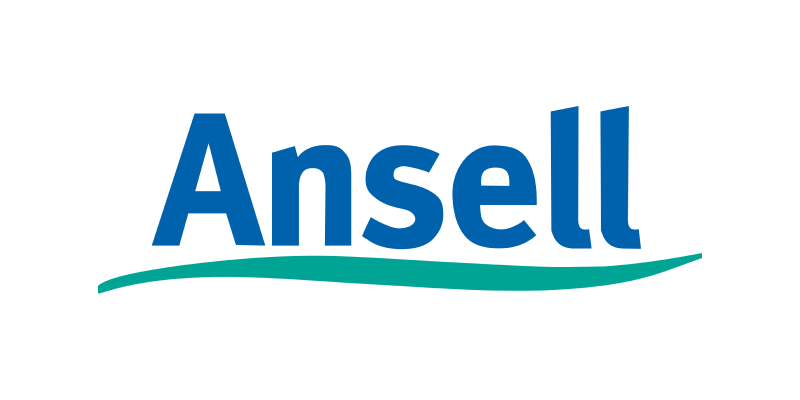
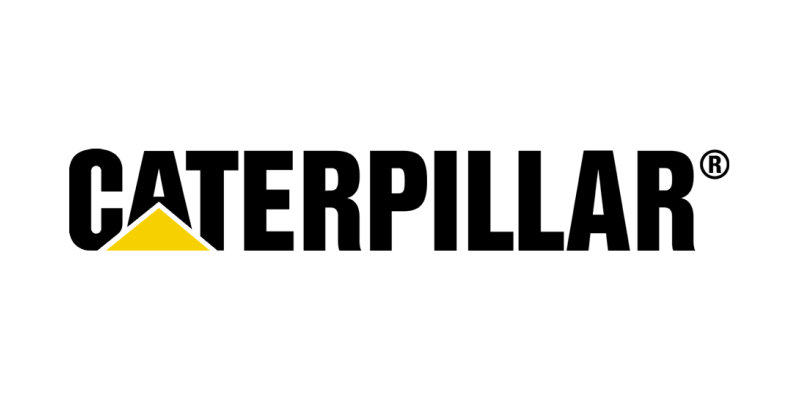
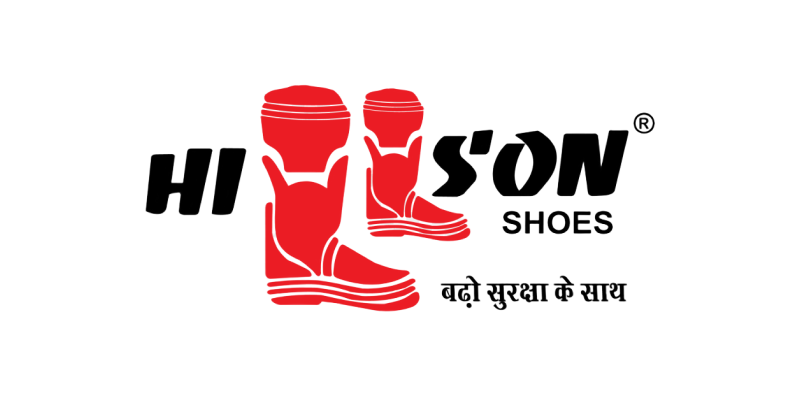
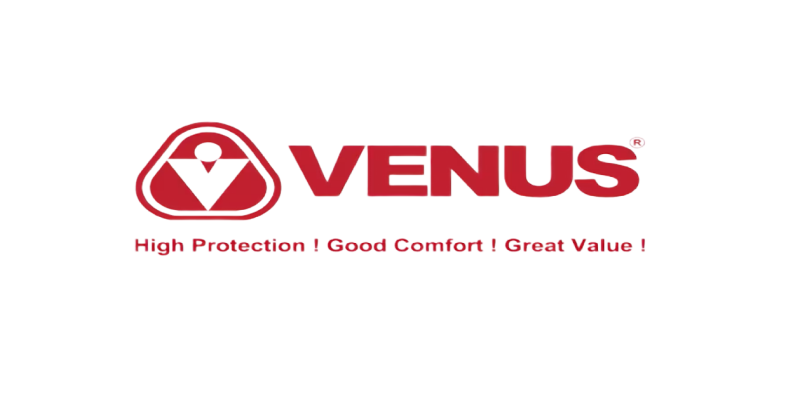
 Online | Privacy policy
Online | Privacy policy